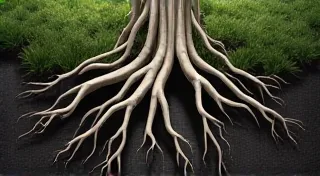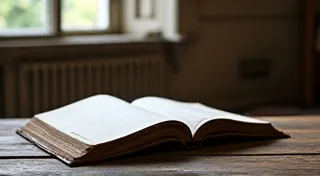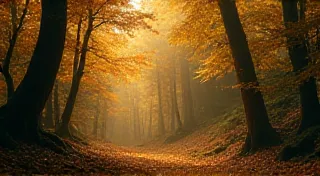The Collector's Oracle: Predicting Trends in the Vintage Pen Market
There's a particular scent that clings to vintage pens – a faint whisper of ink, celluloid, and decades gone by. It’s a scent that transcends mere nostalgia; it's the aroma of craftsmanship, history, and stories etched onto nibs and bodies. As a collector and, increasingly, a restorer of these remarkable writing instruments, I’ve found myself not just appreciating their beauty, but also observing the shifting tides of the vintage pen market. Predicting trends in any collecting field is a precarious endeavor, akin to forecasting the weather a year out. Yet, certain patterns emerge, offering glimpses into what the future might hold for those who cherish these relics of a bygone era.
The Echoes of the Past: Historical Context and Current Sentiment
The resurgence in popularity of vintage pens isn't entirely new. Each generation finds a longing for tangible experiences – a counterbalance to the ephemeral digital world. The first significant revival occurred in the 1980s, fuelled by a desire to reconnect with a sense of quality and permanence. That initial wave focused heavily on American makes like Waterman and Parker, representing a certain aspirational quality. The subsequent boom in the early 2000s broadened the scope, incorporating European brands, particularly German pens like Pelikan and Soennecken, alongside the elegant and increasingly coveted Parker Duofolds and Vacillators.
What's fascinating about the current climate is the layered nostalgia at play. It's not just about the pens themselves, but the era they represent. The 1920s and 30s—the Art Deco period—continue to hold a powerful allure. The pens of that era weren't just tools; they were statements of style, emblems of a time of innovation and optimism, even if shadowed by looming global events. The craftsmanship was exceptional, often featuring elaborate detailing and materials that simply aren’t replicated today. The sheer artistry involved in creating a truly bespoke pen—from the lathe work to the meticulous hand-filling of the nib—is something modern mass production can't replicate. Understanding the nuances of a pen's personality also comes down to understanding its nib; some collectors even spend considerable time learning about the secret language of nib width to truly appreciate what they're acquiring. The subtle variations in nib grind and flex can profoundly impact the writing experience, revealing character and charm that elevates a pen beyond mere functionality.
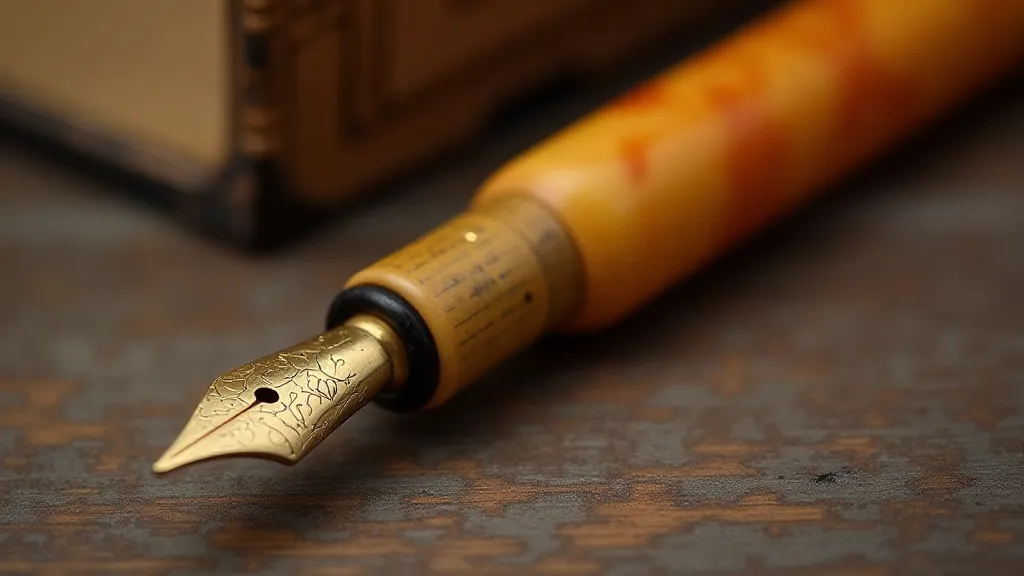
The Rising Stars: Emerging Trends and Desired Models
While the established titans – the Watermans, Parkers, and Pelikans – remain consistently desirable, a new echelon of pens is gaining traction amongst collectors. Japanese pens, particularly those from the 1950s and 60s, are increasingly sought after. Brands like Sailor, Platinum, and Pilot, renowned for their innovative filling mechanisms and exceptionally smooth nibs, offer a unique blend of functionality and elegance. These pens represent a different aesthetic—often cleaner lines and a focus on precision engineering—which appeals to a younger generation of collectors. The appeal isn’t merely about aesthetics; it’s about a specific feel – a precision and balance that many find exquisitely satisfying.
Less common American brands are also experiencing a surge in popularity. Conway Stewart, with its often-unusual materials like marbolized patterns and innovative filling systems, and Sheaffer’s “Lifetime” pens, known for their distinctive clip designs, are becoming more actively sought after. The challenge with these lesser-known brands lies in their scarcity; fewer were produced, making them harder to find and, consequently, driving up prices. The allure of these rarer finds can be intense, driven by a desire to own something unique and a piece of largely forgotten history.
There’s also a growing appreciation for “user-grade” pens. While pristine, boxed examples command premium prices, many collectors and restorers are embracing pens with honest wear. These pens have stories to tell – they’re evidence of a life well-written, a history of use. The price point for these pens is generally more accessible, making them appealing to those starting their collecting journey or who prefer the feel of a pen that’s been handled and loved. The process of bringing these pens back to their former glory can be quite involved, and a skilled restorer can truly work magic; indeed, the process of from rust to resonance can be incredibly satisfying. Seeing a heavily corroded nib brought back to a buttery smooth writing experience is a testament to the skill and patience involved.
The Influence of Restoration: A Delicate Balance
The world of vintage pen restoration plays a vital role in shaping market trends. A beautifully restored pen can significantly increase its value, but over-restoration can be a double-edged sword. Collectors increasingly value originality. A pen that has been heavily refinished, with significant alterations to its original finish or components, may be less desirable than one that retains its original character, even with imperfections. The subtle patina of age, the faint scratches that tell a story, these are often considered as valuable as the pen itself.
The rise of skilled restorers has also inadvertently created a demand for pens that require attention. A damaged or non-functioning pen, while initially less appealing, can become a project for a restorer, who can bring it back to life and increase its value in the process. This creates a cycle where collectors seek out pens that offer a restoration opportunity, which in turn drives up the prices of pens that are suitable candidates for repair. The allure of these projects isn’t merely about improving aesthetics; it's about preserving a piece of history and giving it new life—a fascinating exercise in bringing vibrancy back to a silent witness of bygone eras. It’s akin to uncovering a forgotten narrative, the pen acting as a conduit to a past we can almost touch.
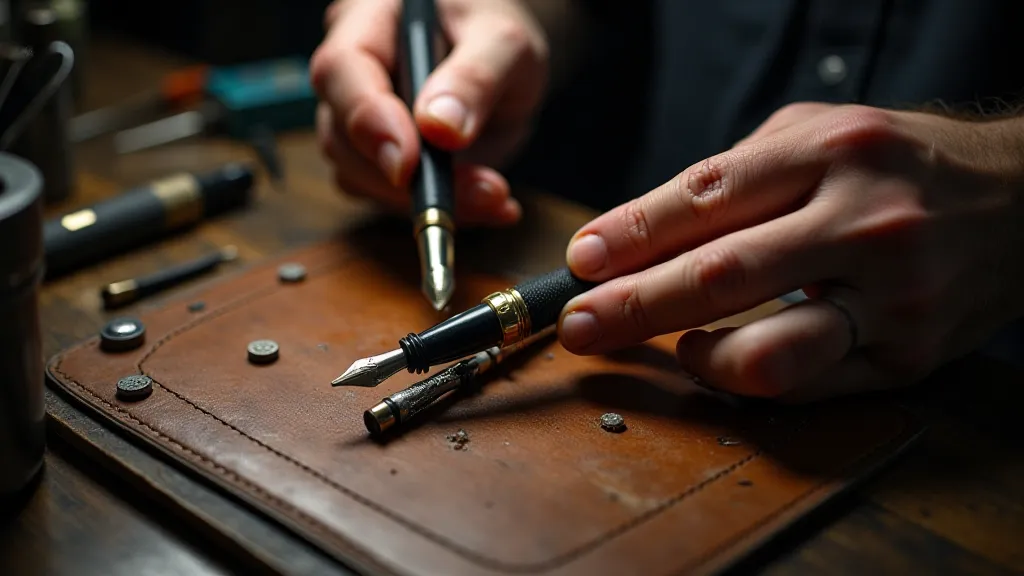
The Digital Age & The Analog Appeal
Ironically, the digital age is also fueling the vintage pen market. As we spend more time staring at screens, the tactile experience of writing with a quality pen becomes even more appealing. The weight of the pen in your hand, the subtle feedback from the nib on the paper, the feel of the ink flowing – these are sensory experiences that are profoundly satisfying in a world dominated by pixels. It’s a rejection of the transient nature of digital communication in favor of a more deliberate and meaningful act of creation.
Social media platforms have also played a significant role. Online communities dedicated to vintage pens allow collectors to connect, share knowledge, and buy and sell pens. These platforms amplify the passion for vintage pens and introduce them to a wider audience. It’s facilitated a global community bound by a shared appreciation for these elegant instruments.
Looking Ahead: Predictions for the Future
Predicting the future with certainty is impossible, but a few trends seem likely to continue. The appreciation for Japanese pens will likely remain strong, particularly for those with unique or rare filling mechanisms. The market for American pens from the 1920s and 30s will likely stabilize, with prices reflecting the rarity and condition of the pens. The rise of “user-grade” pens and the emphasis on originality will likely continue to shape collecting preferences.
I suspect we're entering an era where the provenance of a pen—its history, who owned it, and how it was used—will become increasingly important. Collectors will be willing to pay a premium for pens with a compelling story or a verifiable history. This echoes a broader trend in collecting, where authenticity and narrative are paramount. The notion that a pen can hold echoes of its past, whispers of those who wielded it, is a powerful motivator for many. Indeed, the character of a pen transcends mere physical attributes—it carries the weight of its history. The more we understand about its journey, the greater its value becomes.
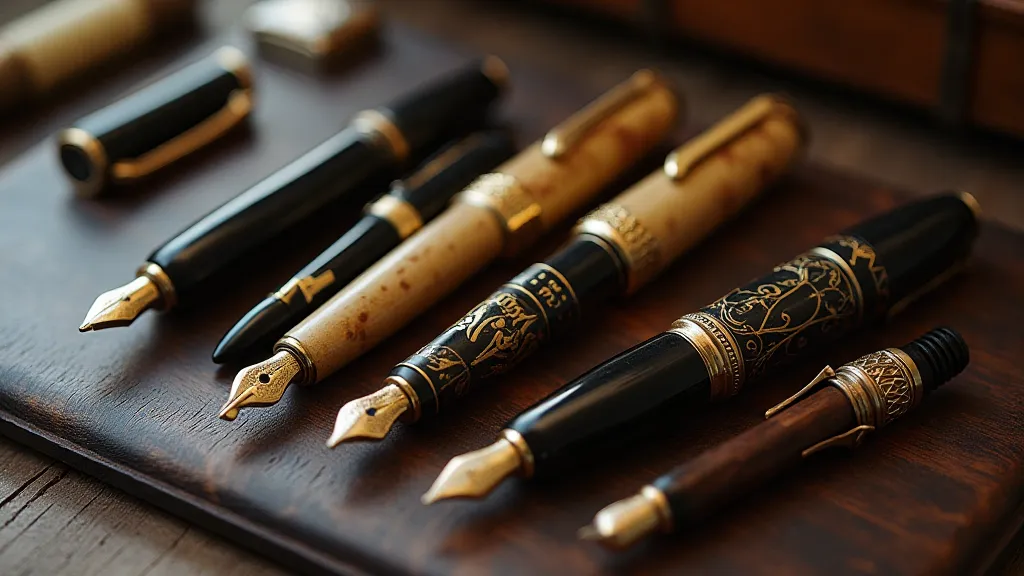
The enduring appeal of vintage pens lies not only in their aesthetic beauty and mechanical ingenuity but also in their ability to connect us to the past – to the hands of the craftsman who painstakingly created them, and to the countless stories they have helped to write. They embody a slower pace of life, a deliberate appreciation for quality and craftsmanship, and a reverence for the power of the written word. Understanding these values is key to appreciating the significance of collecting them; for it’s more than simply acquiring an object, it’s embracing a legacy.
Ultimately, the vintage pen market, like any collecting pursuit, is driven by passion and appreciation. It’s a community of enthusiasts who share a love for history, craftsmanship, and the enduring power of the written word. And as long as those values remain, the allure of vintage pens will continue to endure, one carefully inked word at a time. The ability to hold such an object, knowing its past and anticipating its future contributions to a written record, is a uniquely gratifying experience—a testament to the profound connection between humanity and the tools we use to communicate.

